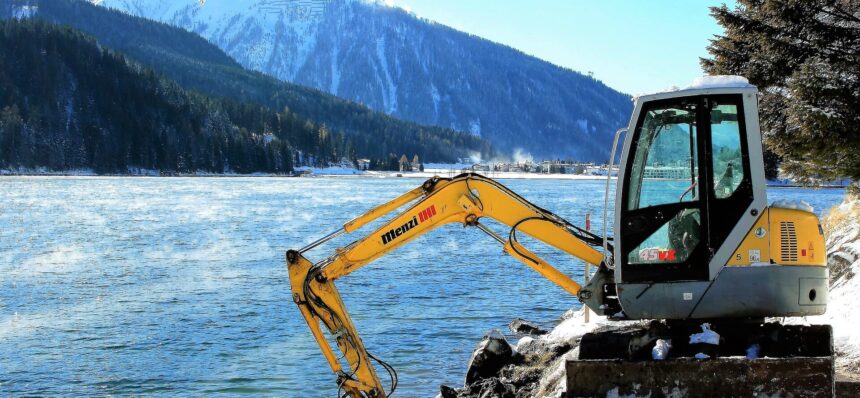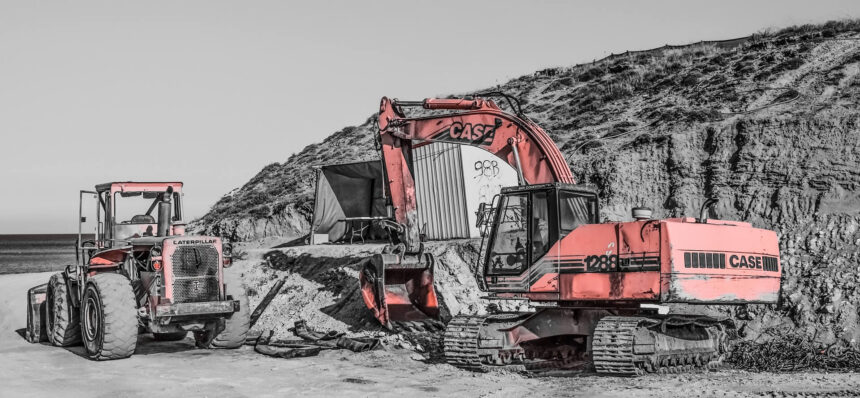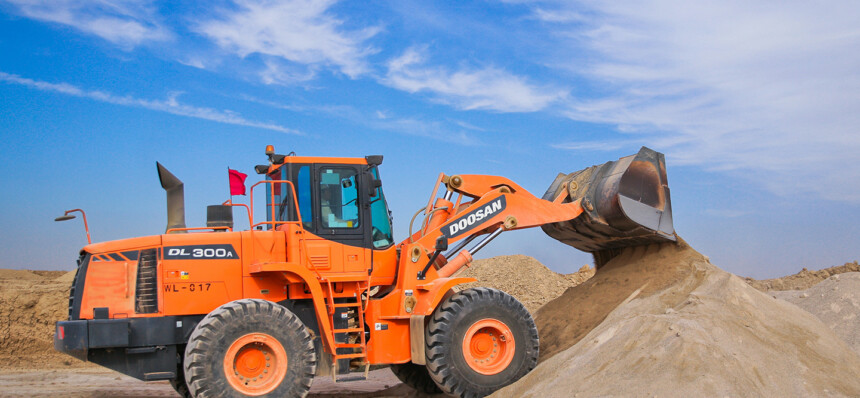Construction managers have become accustomed to using spreadsheets to store information or to keep step-by-step instructions for tasks like machine prestart checks. Using this old-fashioned methodology, many construction managers have a stack of daily spreadsheets that are several inches thick. Keeping track of the day’s work is hard enough. Finding information on a previous day is almost impossible. There is a better way – construction industry software, available from the cloud as a Software as a Service (SaaS). This type of construction software should have the ability to help in workforce and equipment allocation and workforce and asset allocation planning – in other words, the software replaces many of the spreadsheets as well as automates processes.
Asset Allocation & Planning
Asset Allocation and Planning sounds like a task that belongs in the boardroom. It doesn’t – a better name for this function is Construction Equipment Management. This ongoing daily job helps construction companies to manage equipment assets and costs for an improved bottom line.
Benefits of Construction Equipment Management
Managing your construction equipment is one of the keys to success in the highly competitive construction sector with a not so subtle impact on your company’s bottom line. Benefits of construction equipment management include:
- Single step data entry and data updates
- Offers the ability to create flexible revenue rates for each piece of equipment (vital to project bidding)
- Keep track of equipment location and equipment as it moves
- Automatically calculates book depreciation using fixed asset schedules
The Importance of Equipment Tracking
Equipment for contractors ranges from a jackhammer to tear up streets and sidewalks to cranes for building skyscrapers for living and for working. Equipment tracking is way more than knowing where a piece of equipment is. When you properly track equipment using computer software, you:
- Create a record for that piece of equipment that includes costs over the life of the equipment for things such as maintenance, depreciation, repairs, parts, and more.
- Know where the equipment is, when it moves, and where it has moved to
- Can keep a record of equipment revenue as well as usage rate tracking
- Your equipment information seamlessly integrates with purchase orders, job costs, job billing, general ledger and more.
- Receive alerts concerning scheduling and performing equipment maintenance
- Can create detailed schedules for maintaining equipment. Create work orders for equipment that includes parts and labor management
- Create inventory flags for frequently used parts such as filters, oil, switches and more
- Flag equipment that is still under warranty before issuing a work order for repair
- Automate the pre-start checklist prepared for each piece of equipment
The importance of proper record keeping and retention concerning construction equipment cannot be over-estimated. In the event of an onsite accident causing an injury or death and with a piece of construction equipment involved will cause investigators to review the entire maintenance history of the equipment. While the production of these records cannot prove the equipment was operating properly, it does prove that your company takes equipment seriously and all equipment has maintenance performed on time and according to manufacturer’s specifications. Another use of these records is to prove maintenance was performed on a piece of equipment that broke down while under warranty.
Operation Software to manage equipment and workforce
Assignar allows you to manage and track your machinery, while remaining compliant. To learn how Assignar can help your construction operation team, request a 30 minute personal demo.
Request a demo





